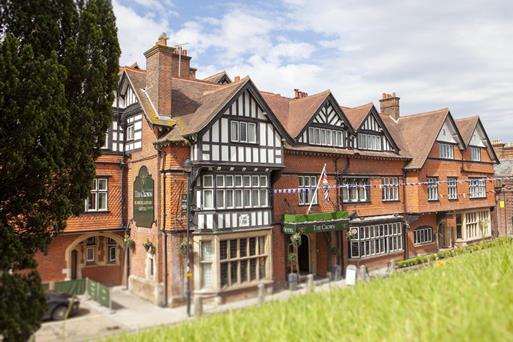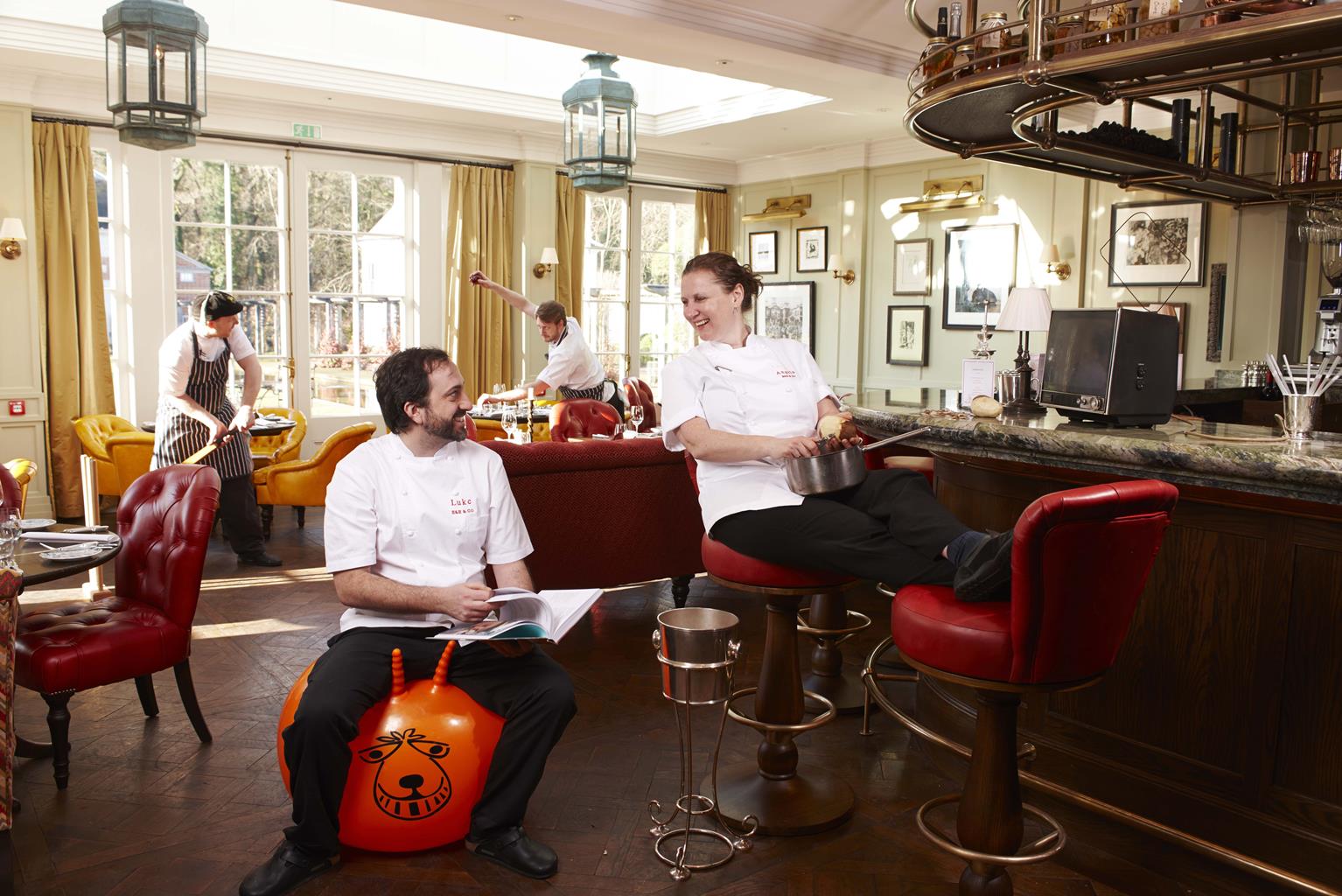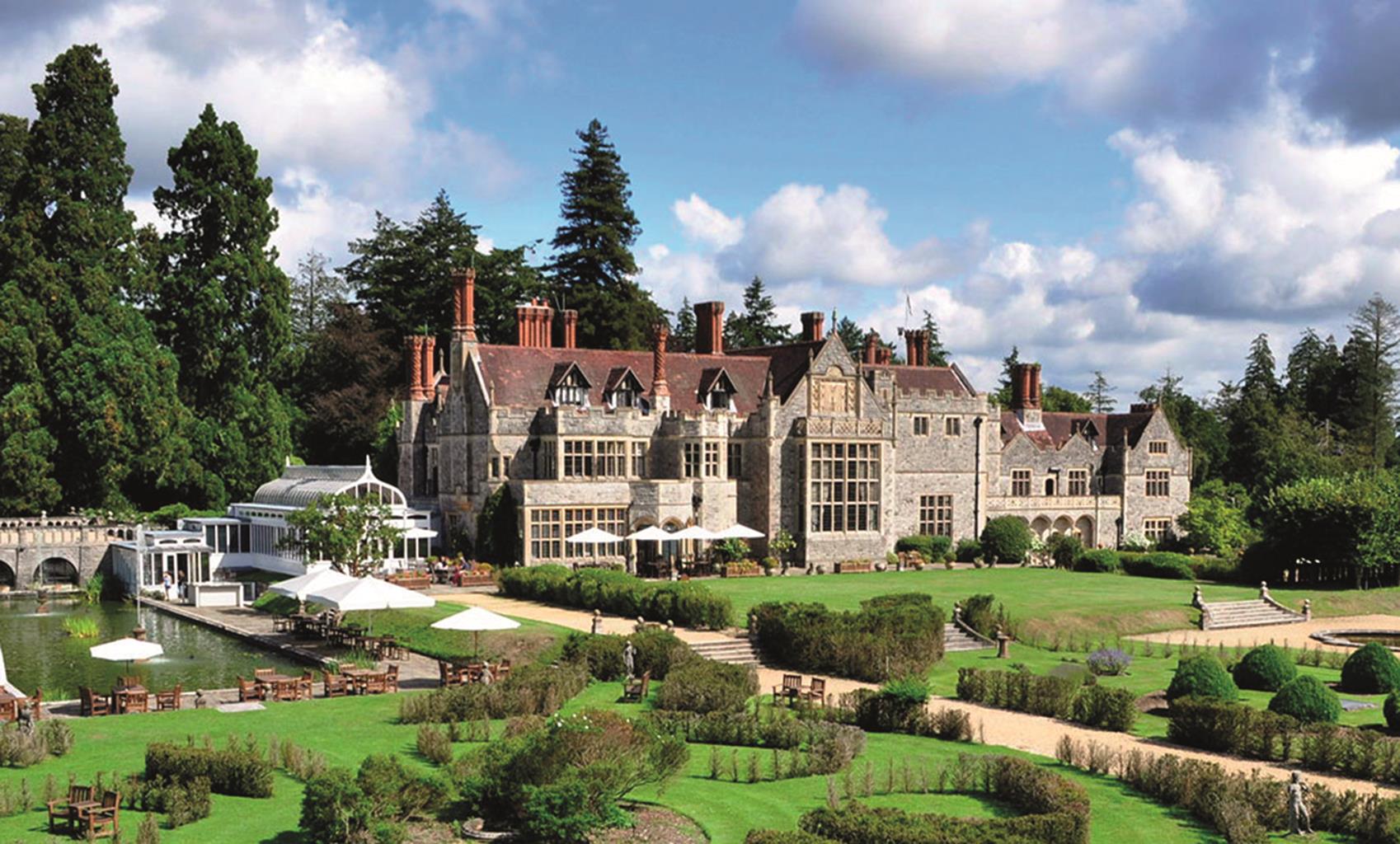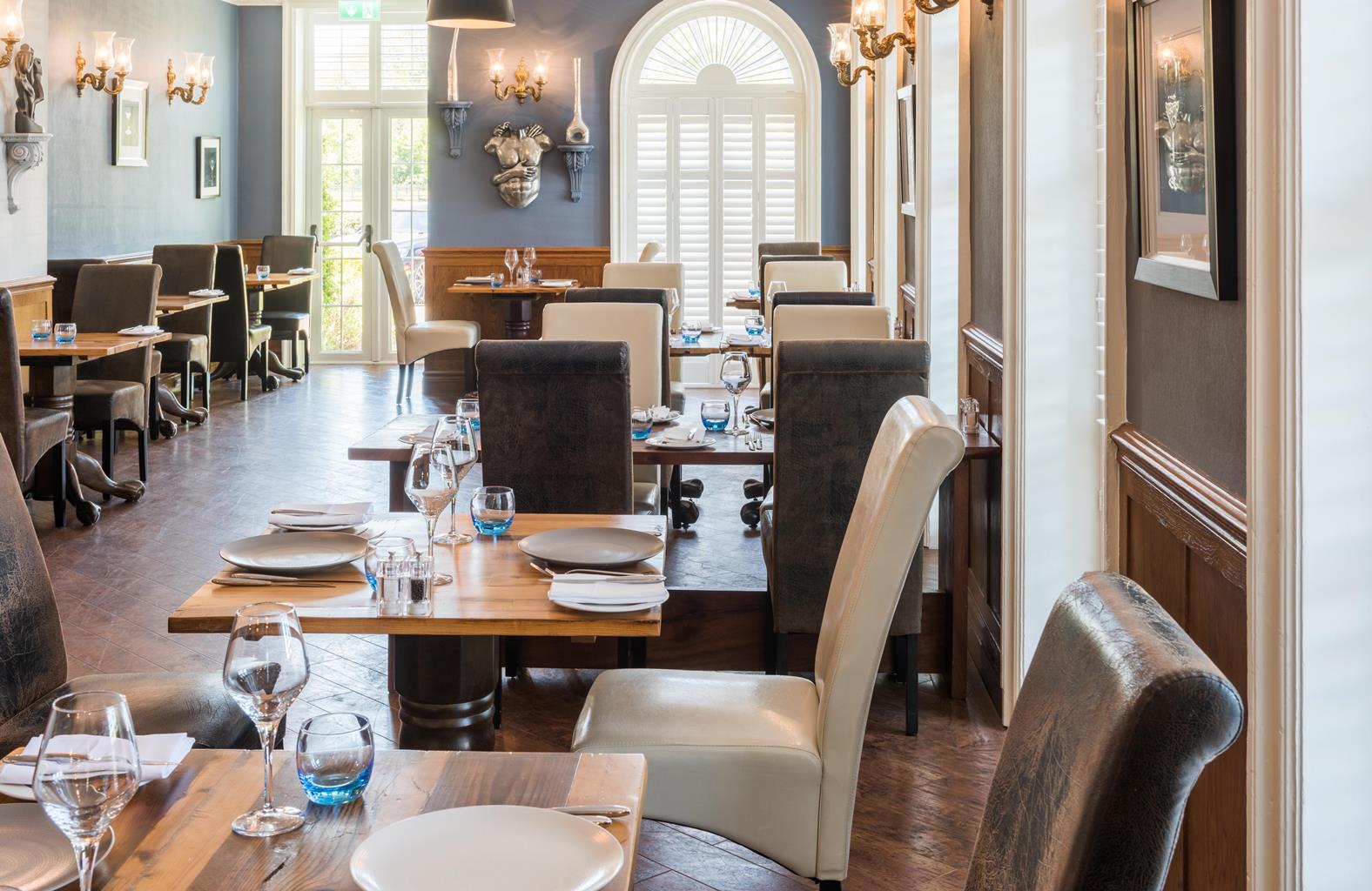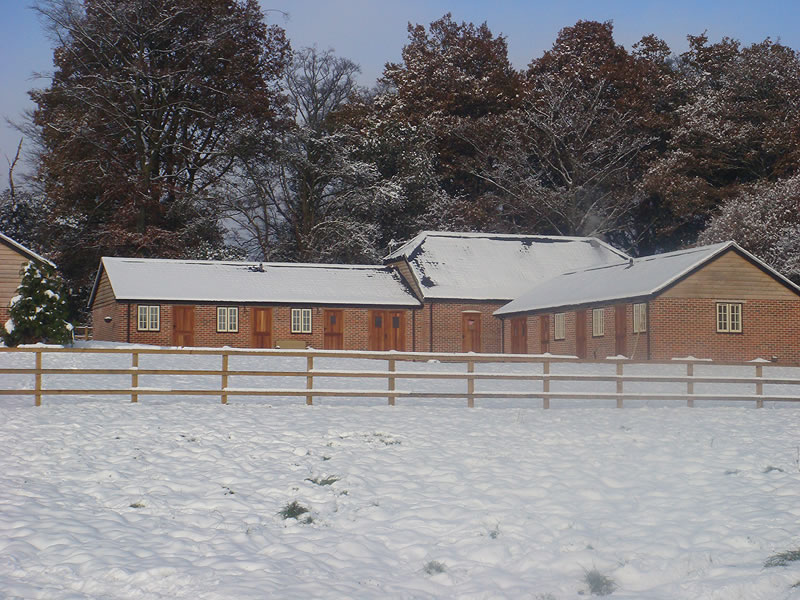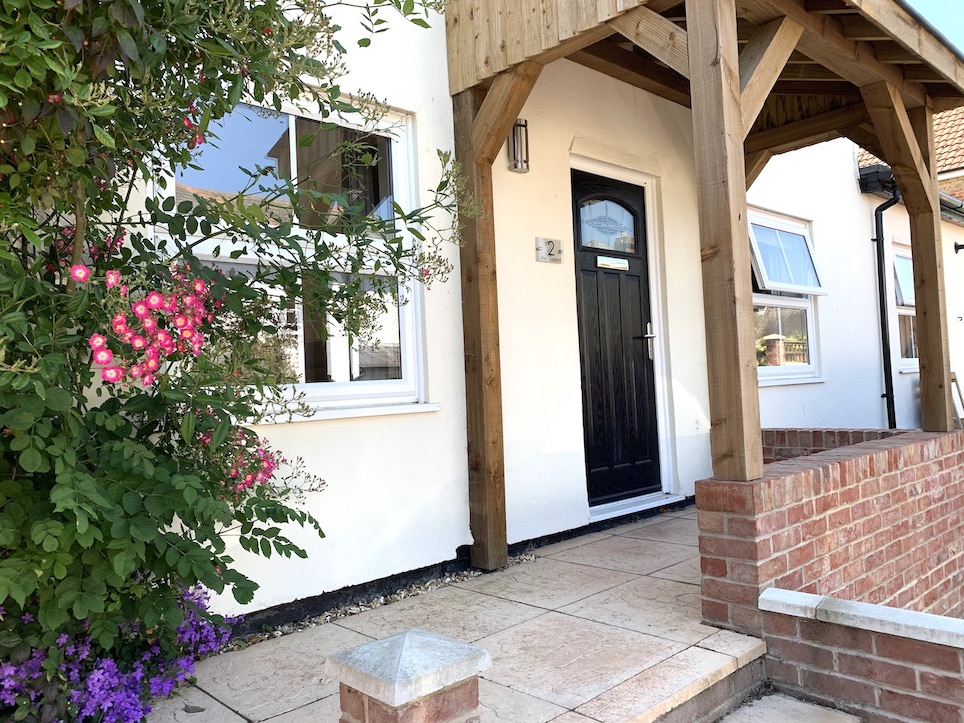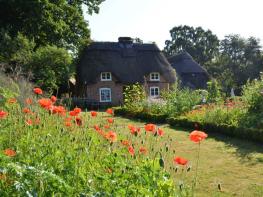The Bell Inn is part of the Bramshaw Golf Club and makes an ideal base for visiting the New…
Violent death at Canterton

Take a walk in the tranquil woodlands with a troubled past on the edge of the New Forest.
1.5 miles (2.4kms)
About the walk
Just across the road from the start of this walk, a triangular iron pillar marks the spot where King William II, son of the Conqueror, met his death in August 1100. William, known as Rufus because of his ruddy complexion, was a ruthless and unpopular king who showed little mercy to his subjects.
Regicide
The story of his death has been much embroidered in the telling over the last 900 years and almost everything about it seems to be disputed. The popular version is that William had spent the night before his death at a nearby hunting lodge with some of his closest friends. There he had a vivid nightmare, foretelling his death and though there are several different versions of the dream, it seems to have affected William profoundly.
Nevertheless, the hunt went ahead. Before setting out, the King gave some of his arrows to his friend Sir Walter Tyrrell, telling him that the best marksman should have the best arrows – a prescient remark, as things turned out. Towards sunset, Tyrrell and the king became separated from the rest of the party. William fired an arrow at a passing stag, which was wounded but kept running. Meanwhile Tyrrell let fly at another beast; but his arrow glanced off the oak tree where the Rufus Stone now stands and hit the King in the chest.
William died instantly. Tyrrell fled to France and, according to some sources, had his horse’s shoes reversed by a blacksmith so as to confuse any followers. Perhaps he could have saved himself the expense, since a contemporary source records that ‘there were none to pursue him’. Indeed, fearing anarchy after the King’s death, the noblemen of the party abandoned his body and galloped off to look after the interests of their own estates. Even William’s younger brother Henry made straight to Winchester to make sure of the Treasury, before heading on to London to be crowned a few days later.
It was left to Purkis, a local charcoal burner, to recover William’s body and take it on his cart to Winchester for burial beneath the tower of the Norman cathedral. The King was little mourned and when the tower later collapsed on his grave, it was widely believed to be a punishment for his wickedness.
Walk directions
Turn right out of the car park and walk down the lane past the Sir Walter Tyrrell pub. Pass the picturesque Canterton Manor Farm and drop down the gentle slope to a letterbox by the road junction.
Turn right here between hedges of hawthorn, honeysuckle and dog rose and keep ahead onto the muddy bridleway at the end of the tarmac. Follow the track through the woods to a T-junction at Woodpeckers Cottage.
Turn right, pass Langley Cottage and, at the end of the track, bear left across the grass and through the trees to a clearing. Continue to the far right-hand corner of the clearing, about 250yds (229m) after leaving the track.
Turn right into the trees and follow the winding woodland path to the tiny ford near the corner of a fenced field on your left.
Jump the ford and then keep ahead up the slope through the beech, oak and holly trees to return to the car park.
Additional information
Country lane, muddy tracks and woodland paths, ford
Deciduous woodland and forest clearings
Lead required near grazing ponies
AA Walker's Map 3 New Forest
Rufus Stone car park
None on route
WALKING IN SAFETY
Read our tips to look after yourself and the environment when following this walk.
Find out more
Also in the area
About the area
Discover Hampshire
Hampshire’s varied landscape of hills and heaths, downlands and forests, valleys and coast is without rival in southern England. Combine these varied landscapes and terrains with secluded and idyllic villages, complete with thatched and timber-framed cottages and Norman churches, elegant Georgian market towns, historic ports and cities, restored canals and ancient abbeys, forts and castles, and you have a county that is paradise for lovers of the great outdoors.
If you’re a walker, stride out across the high, rolling, chalk downland of the north Hampshire ‘highlands’ with far-reaching views, walk through steep, beech-clad ‘hangers’ close to the Sussex border. Or perhaps take a gentler stroll and meander along peaceful paths through unspoilt river valleys, etched by the sparkling trout streams of the Test, Itchen, Avon and Meon. Alternatively, wander across lonely salt marshes and beside fascinating coastal inlets or, perhaps, explore the beautiful medieval forest and heathland of the New Forest, the jewel in Hampshire’s crown.
Nearby stays
Restaurants and Pubs
Nearby experiences
Recommended things to do
Why choose Rated Trips?
Your trusted guide to rated places across the UK
The best coverage
Discover more than 15,000 professionally rated places to stay, eat and visit from across the UK and Ireland.
Quality assured
Choose a place to stay safe in the knowledge that it has been expertly assessed by trained assessors.
Plan your next trip
Search by location or the type of place you're visiting to find your next ideal holiday experience.
Travel inspiration
Read our articles, city guides and recommended things to do for inspiration. We're here to help you explore the UK.


